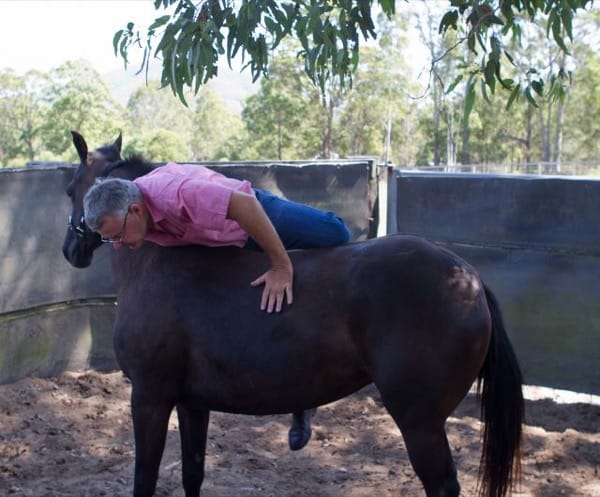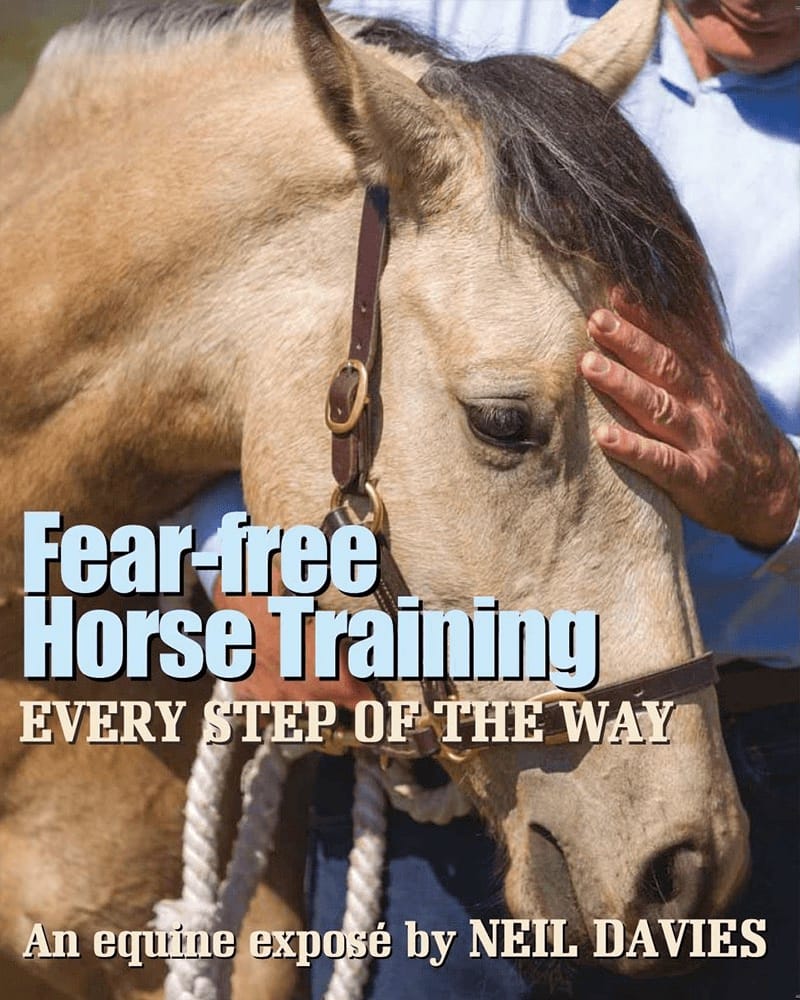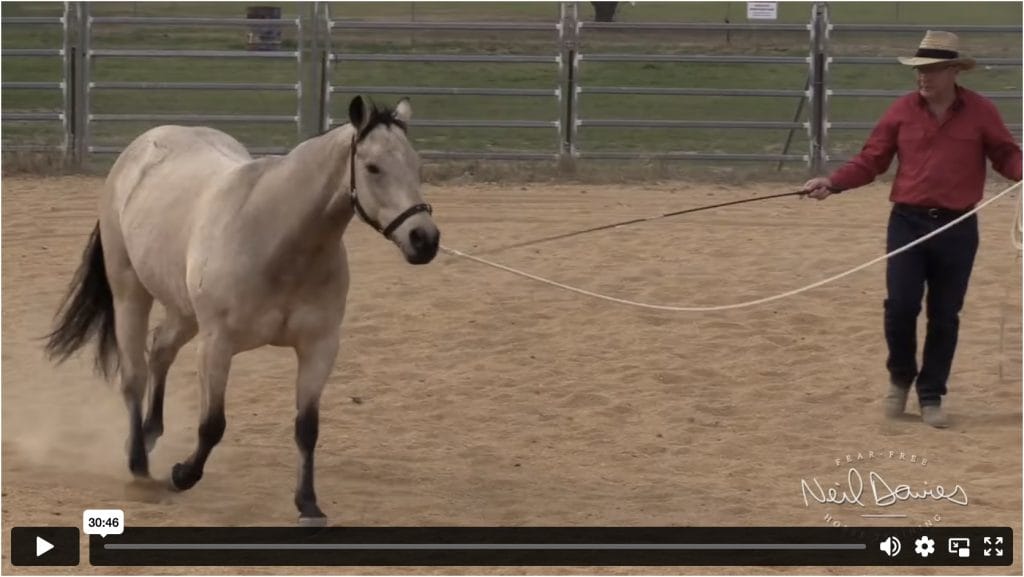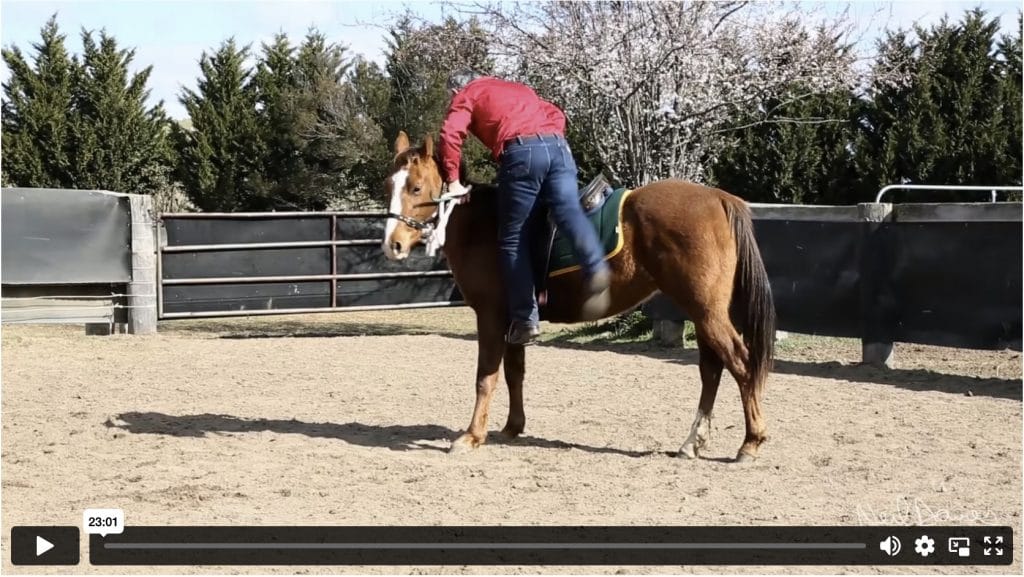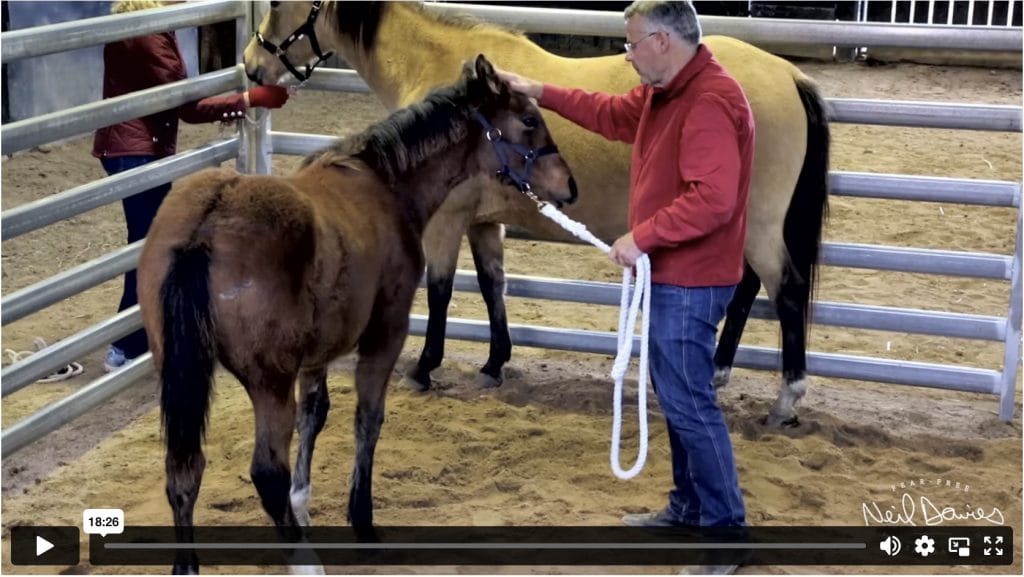Many equine scientists say that horses must be habituated to every situation – a new stable, the saddle and girth, the headstall, bit and bridle, the saddle cloth, the rug and on and on it goes.
If you ask ten different people what they mean by habituation, you’ll get ten different answers.
Habituation seems to be a one-size-fits-all term.
The scientific definition of habituation is:
If we accept this definition, then the simple act of frequently exposing a horse to new things would be enough for his response to wane.
This is not the case.
The definition doesn’t mention anything about beginning with a small amount of exposure and increasing it over time.
Nor does it mention removing the exposure at any point. The definition states that it’s merely frequent exposure to new things that will cause a horse’s response to wane.
Habituation is often explained as some type of separate learning process that every horse must undergo in order to accept new things.
Just the other day, a lady told me that her young horse was very nervous of the saddle and she was still habituating him to it.
See how to introduce a saddle and rider to a horse without bucking and fighting in my Starting a Horse Under Saddle Online Clinic
Here’s the thing. A horse can be taught to be relaxed with the saddle or he can be taught to be worried by it.
A horse can be taught to be relaxed with a rider on his back or he can be taught to be frightened.
The truth is that a young horse doesn’t need frequent exposure to the saddle, saddle cloth, girth or rider, in order to become relaxed with them.
One exposure correctly executed is all that’s needed.
By introducing everything in small increments, a horse can be taught to be relaxed with the saddle, saddle cloth, girth and rider, in a very short space of time.
Frequent exposure to the saddle, saddle cloth, girth and rider won’t teach a frightened horse to relax.
Riding a frightened horse for hours on end won’t teach him to be relaxed. I’ve seen plenty of older horses that buck every morning, even though they’ve been ridden for years.
Teaching a young horse to be relaxed with the saddle, saddle cloth, girth and rider is simply that – teaching him.
It’s not a separate process and it’s no different to teaching him to walk a circle or to canter when he’s asked.
You wouldn’t say that a horse is habituated to a circle or habituated to cantering.
So why say he’s habituated to the saddle or habituated to having a rider on his back?

